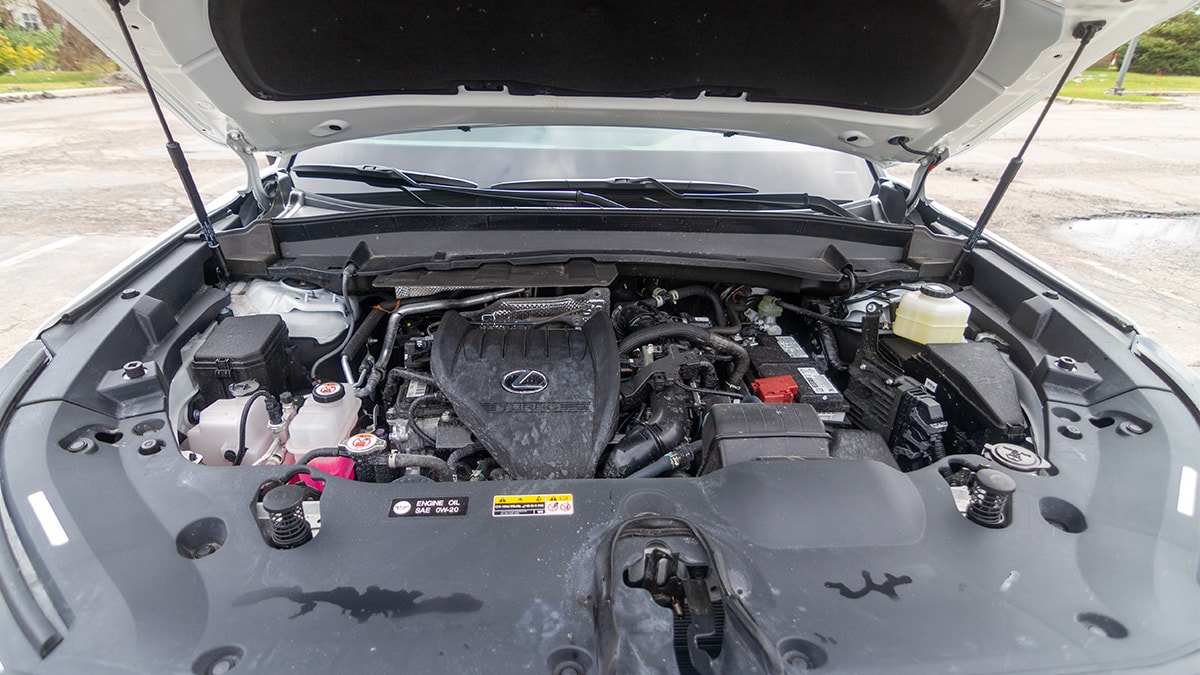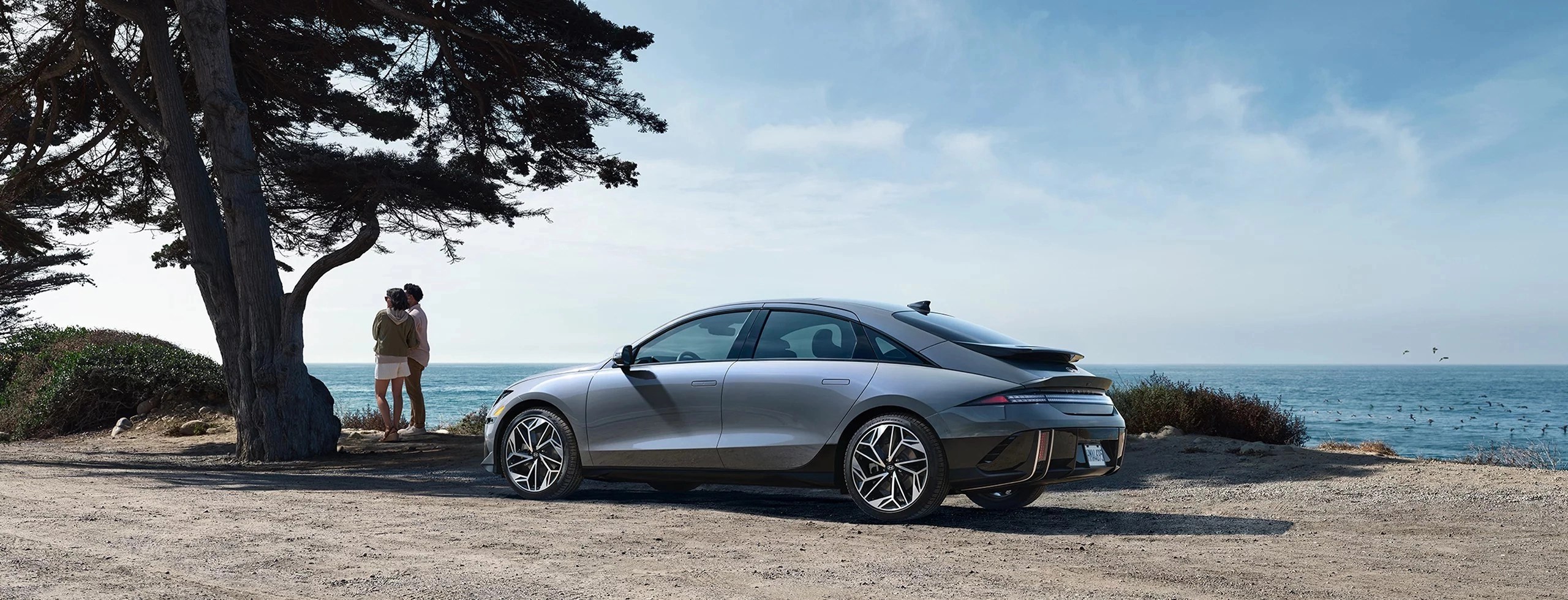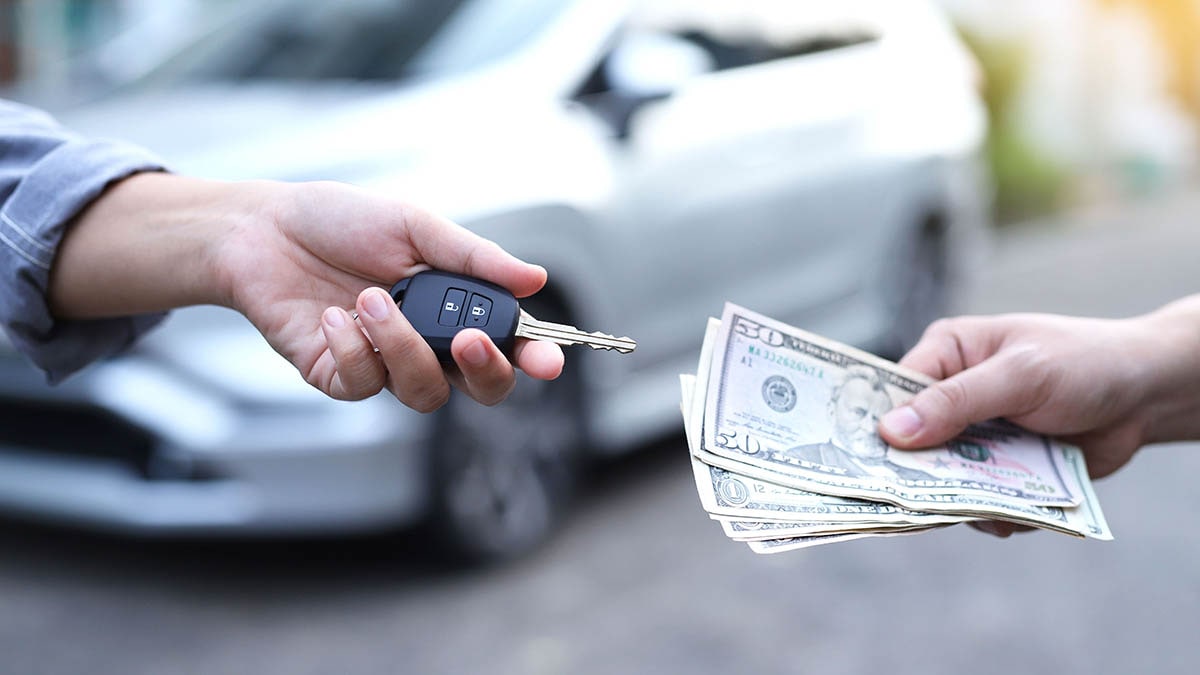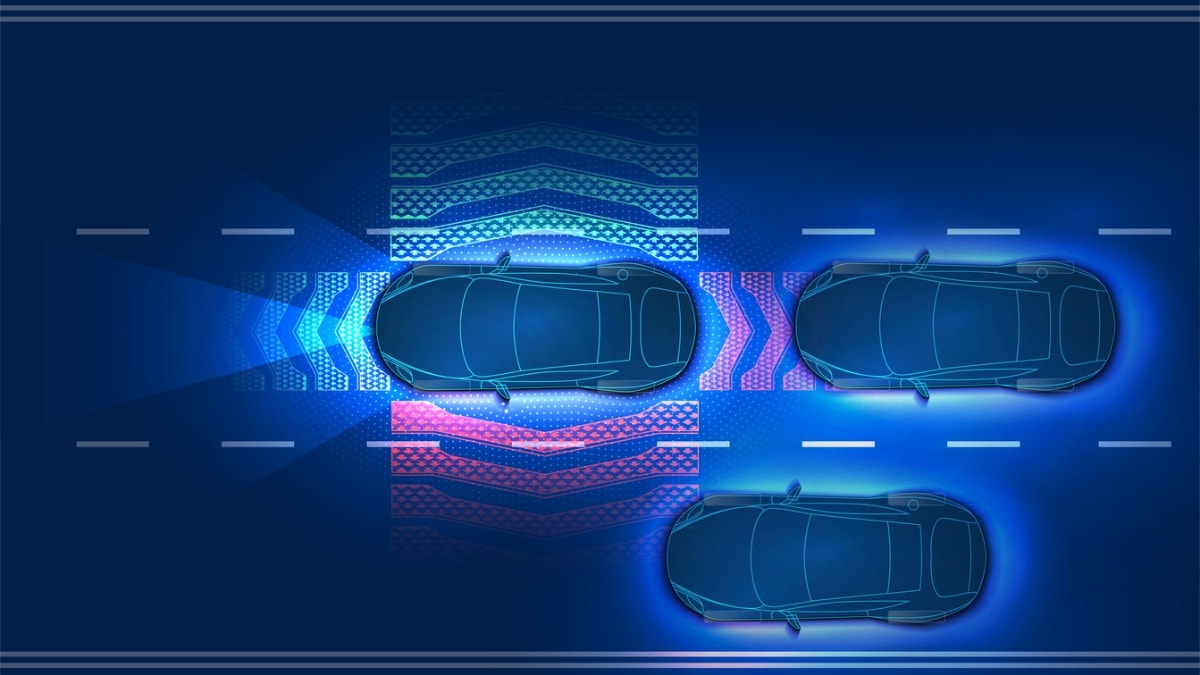The average 8-cylinder engine sold in 2001 made 238 horsepower. Today, the average 4-cylinder engine nearly matches it. Four pots in 2024 vehicles put out an average of 233 horsepower.
The figures come from Experian, which tracks vehicle registrations to study the full fleet of cars on American roads. The credit reporting agency’s quarterly automotive market trends study is a gold mine for car data nerds (if you’re reading this, you should have joined the other seven of us to talk it out).
As worldwide governments have enacted stricter emissions regulations, automakers have responded by selling vehicles with smaller engines. But drivers still want to pass each other. So the horsepower wars are still on. They’re just fought among more efficient powertrains.
Almost Two-Thirds of New Cars Have 4-Cylinder Engines
As recently as 2006, 4-cylinder engines were the slowest-selling type. The V6 remained king of the market until 2008. Then the flip came suddenly and hard, as manufacturers pushed 4-cylinder models. They took over half the market in 2013, except for a brief blip last year when 4-cylinder engines fell to being in 49.9% of new cars.
So far this year, Experian says, 64.3% of new cars have 4-cylinder engines.
Today, 43.4% of cars on the road have 4-cylinder engines. Six-cylinder models take second, with 32.8%. Eight-cylinder vehicles makes up 20.4% of the market. The remaining 3.4% falls into an “other” category that somehow lumps together old inline-5 powered Volvo wagons and V12-powered Ferraris.
Turbos Behind the Change
To make four cylinders as powerful as eight used to be, automakers have used every trick in the book. You can increase an engine’s power by pumping air through it faster with a turbocharger or a supercharger. You can supplement it with an electric motor. You can do both. Mercedes-Benz engineers are the Mozarts of the form, last year introducing a 671-horsepower 4-cylinder engine using every technique together.
More than a fifth – 20.6% – of the engines on the road today have turbo- or supercharging, Experian reports. The company’s data covers every car currently registered, not just new car sales. So that fifth likely means far more newer cars have forced induction since many of the cars you see around you in traffic pre-date the 4-cylinder push.
And the V8 that used to overpower them? It still does. While V8s averaged 238 horsepower in 2001, they average 430 today. But they made up 37.6% of sales in 2001 and just around 10% today.




